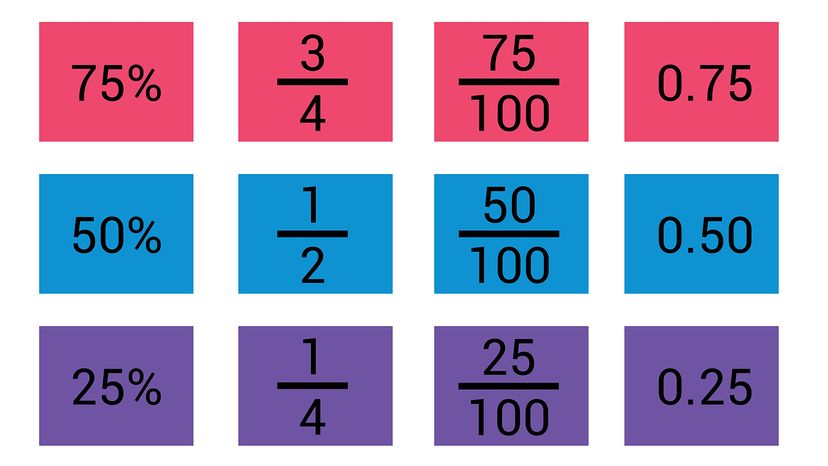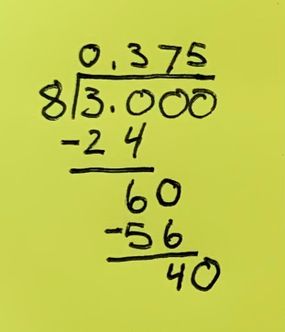
As you might recall from math class, fractions and decimals are two different ways of representing the same thing. A third option, percentages, is a close cousin of decimals. However, making use of this knowledge requires knowing how to convert one into the other.
Fraction to decimal conversion can be an opportunity to deepen your understanding of numbers and math. Sometimes the process will take more work, and sometimes less, but the operation is relatively straightforward.
Advertisement
